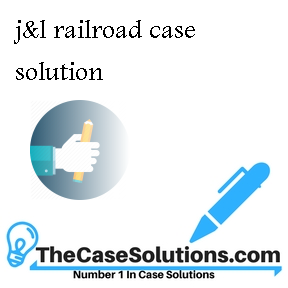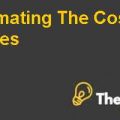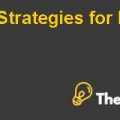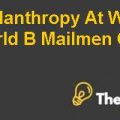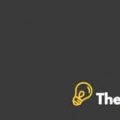Question 1. Should S&L hedge all of its exposure to diesel fuel for the ensuring year? What percentage of the 210 million gallons would you hedge?
Answer:
J&L Rail Road should go for hedging, but it is not necessary to hedge all of its exposure as for its diesel fuel. It is because of the reason that, 17.5 million gallons are being just an expected amount of fuel and in future the perfect hedge cannot be achieved. J&L should accurately estimate the future demand as the demand is decreasing due to the reason that in 2008 there was a recession that affects the fuel prices and it soften the demand.The percentage of the 210 million gallon would be hedged as J&L go for the future contracts with the suppliers at the fixed rate and the percentage they should hedge for the fuel prices should be around 25% it is because of the reason that for the first quarter of the year they should store the inventory for the future demand. This percentage is lower because of the lower demand.
Question 2. What are the pros and cons of using NYMEX contracts versus using the risk management products offered by KCNB? Is the use of a monthly average price a net advantage or disadvantage to J&L? What about for the bank?
Answer:
NYMEX
PROS
The benefit of the NYMEX contract was that, it provides the mark to the market transaction facility in which J&L’s position was settled daily and this market to market restricted towards lower exposure of risks as 5% margin was required for the contract from both the parties and any increase and decrease in the position of the buyer and seller were deducted on a daily basis.
CONS
For J&L Rail Road cannot use the hedging on diesel fuel because of the reason that NYMEX did not deal with the fuel hedging contracts and for that reason J&L firstly has to use the heating oil contracts in order to hedge the diesel fuel exposure and there would be lower exposure which is affected by the different prices of these two commodity instruments. Another problem of the NYMEX contracts was the standardized contract structure with respect to the time to maturity and the size of the contract.
KCNB:
PROS
KCNB provide the products to J&L Rail Road for the hedging of the diesel fuel such as Cap, Floor, Collar, and Commodity Swaps. Within these products the Cap is the call option, Floor is the Put option and Collar is the combination of the Cap as Call option and Floor as the Put option. KCNB was providing the commodity SWAP in which KCNB was agreed on paying the amount on the settlement date if there was any incremental changes in the heating oil prices for the year.
CONS
KCNB offers option on cap and call that gives the holder of option a right to purchase or sell the certain number of contract of the underlying assets, meanwhile, its drawback is that it requires an upfront premium to be paid on the number of contract purchased
Use of Monthly Average Price
Since prices of certain day are likely to be affected by different factors that so not occur on regular basis and if the single day price is selected then there are chances that it might be significantly over or under valued and use of single day price will not give reasonable results. On the other hand use of average price would include number of prices which will include the price affected by many factors during a month’s period and hence the results achieved through this average monthly price would be more reasonable. Therefore the use of a month’s average price is advantageous.
Question 3. Using the estimate of 17.5 million gallons per month, how would you construct a NYMEX futures hedge for the next 12 months? How would you construct a commodity-swap hedge?
Answer:
Forward hedges are used to in order to fix the price of underlying asset in future date and this hedging instrument is used when one party expects the prices to be changed dramatically in future which might affect the future cash flows, therefore, forward hedge is used to fix the price of underlying asset in advance so that the cash flows can be estimated more accurately. Using the given table for the formulation of forward hedge we have constructed the required forward hedge using the estimated monthly demand of 17.5 million gallons of oil per month, which means that our yearly demand would be 210 million gallons a year. Therefore, taking into account of the annual demand of 210 million gallons and future contract size of 42000 gallons we have calculated the number of future contract as 417, this would equal to 5000 future contract during the 12 month period.
Further, the closing ....................
This is just a sample partial case solution. Please place the order on the website to order your own originally done case solution.

